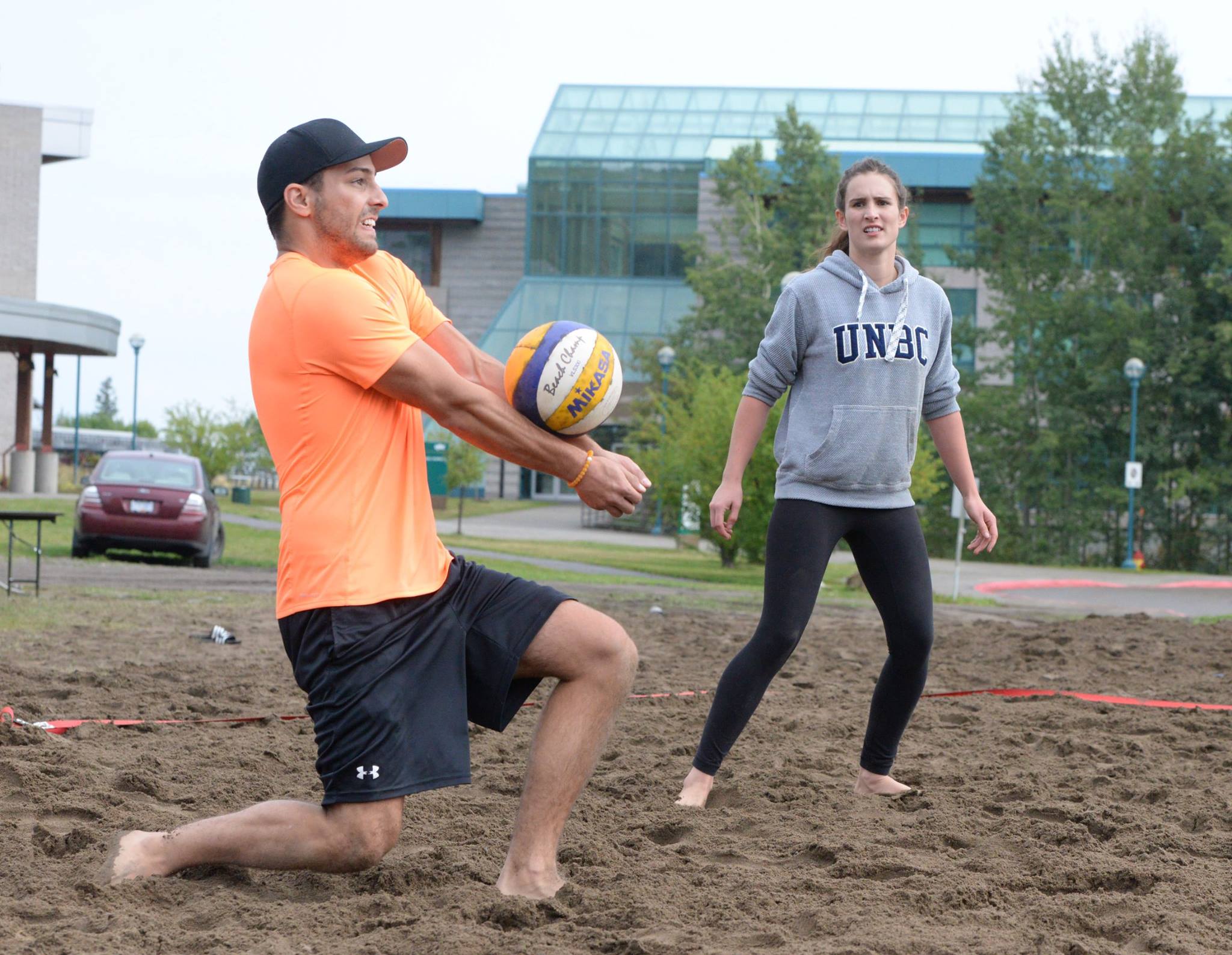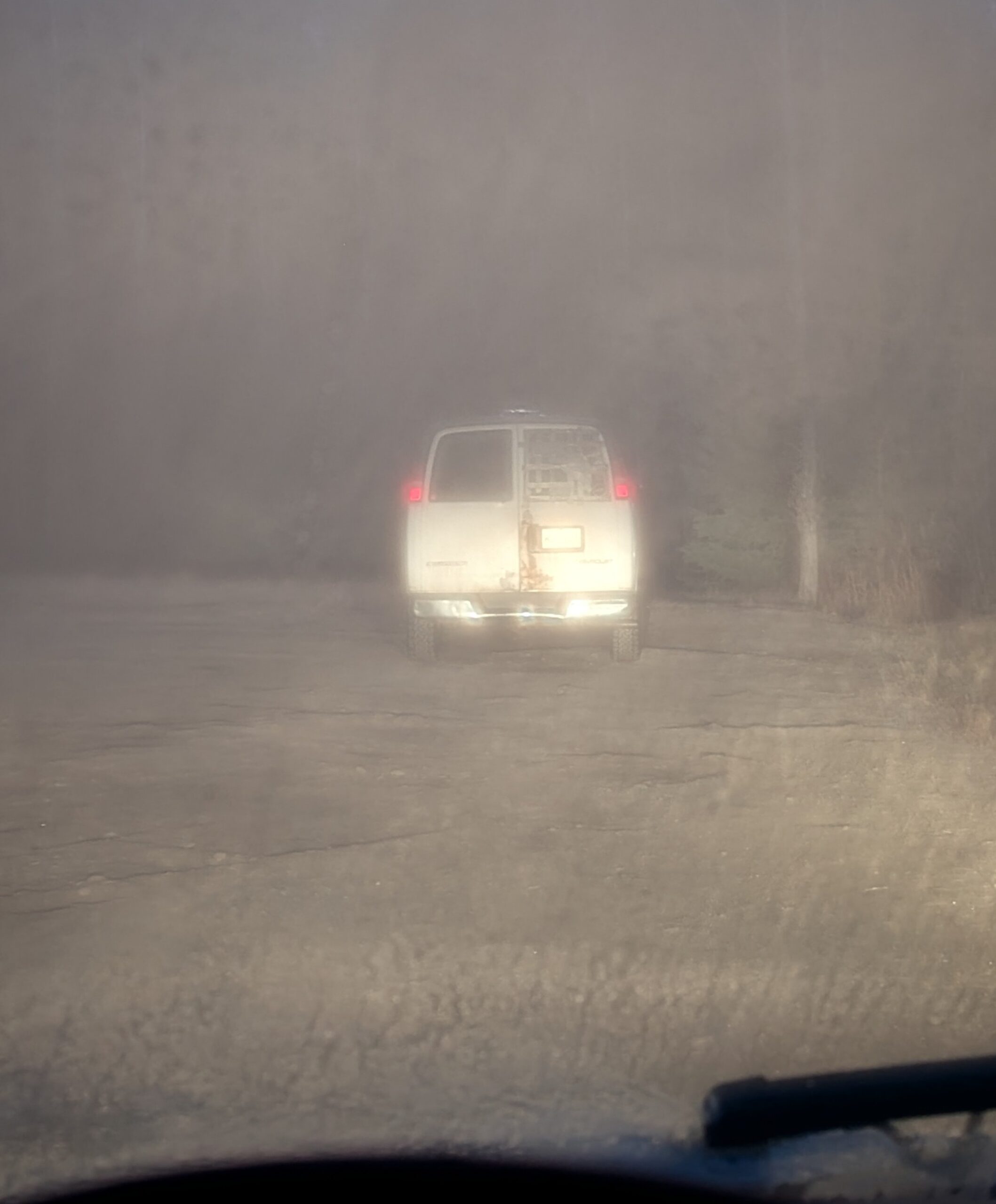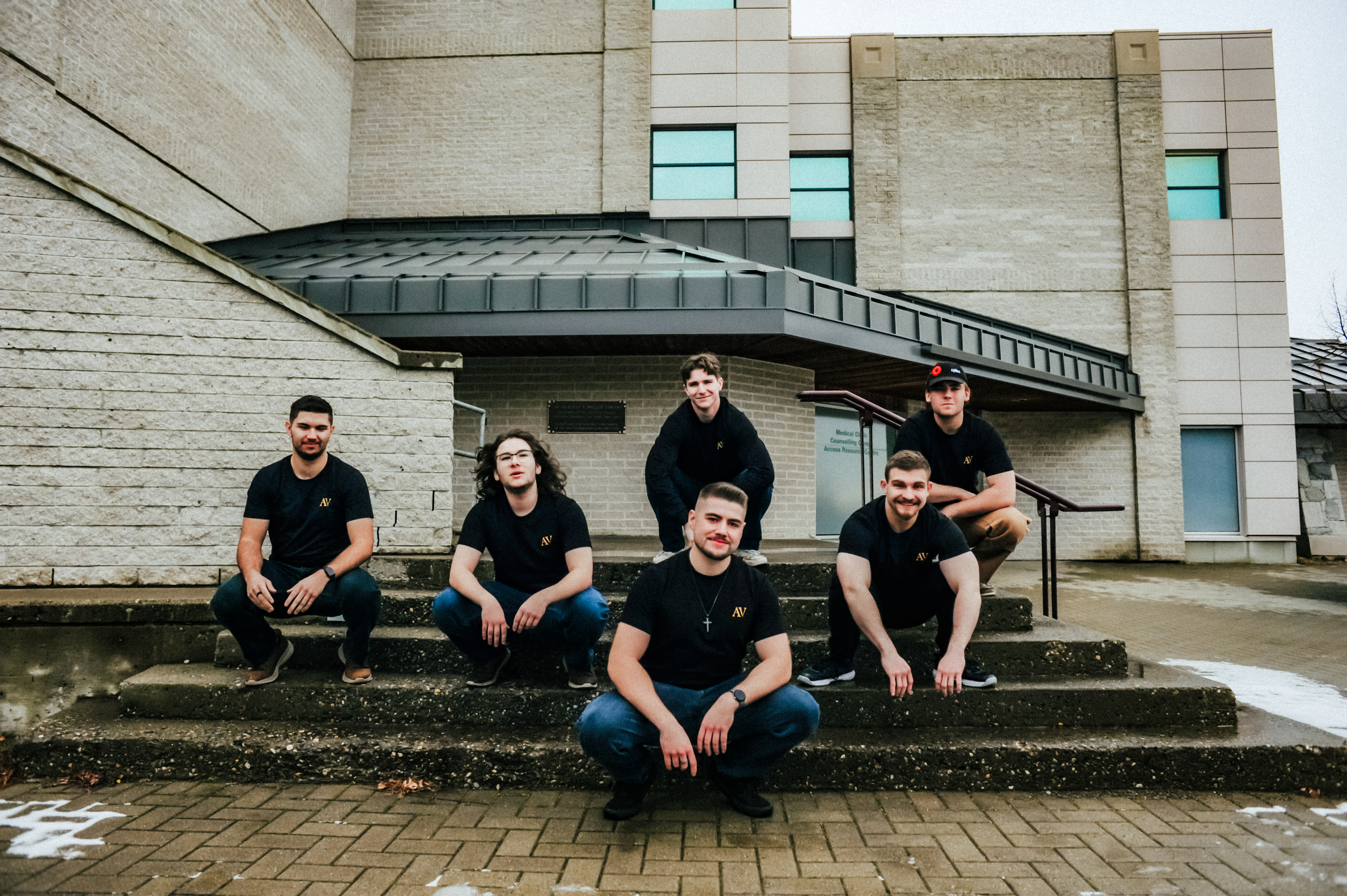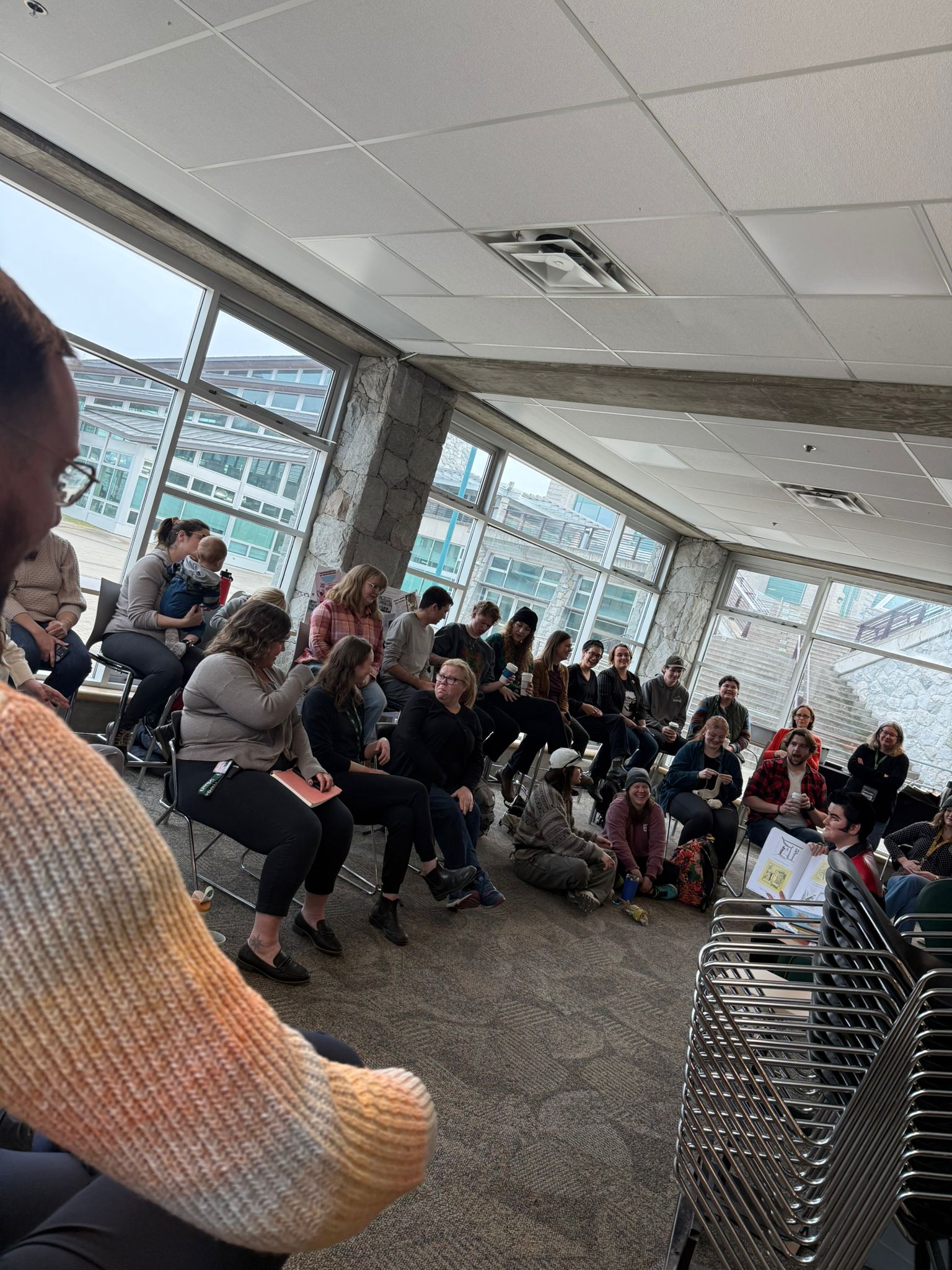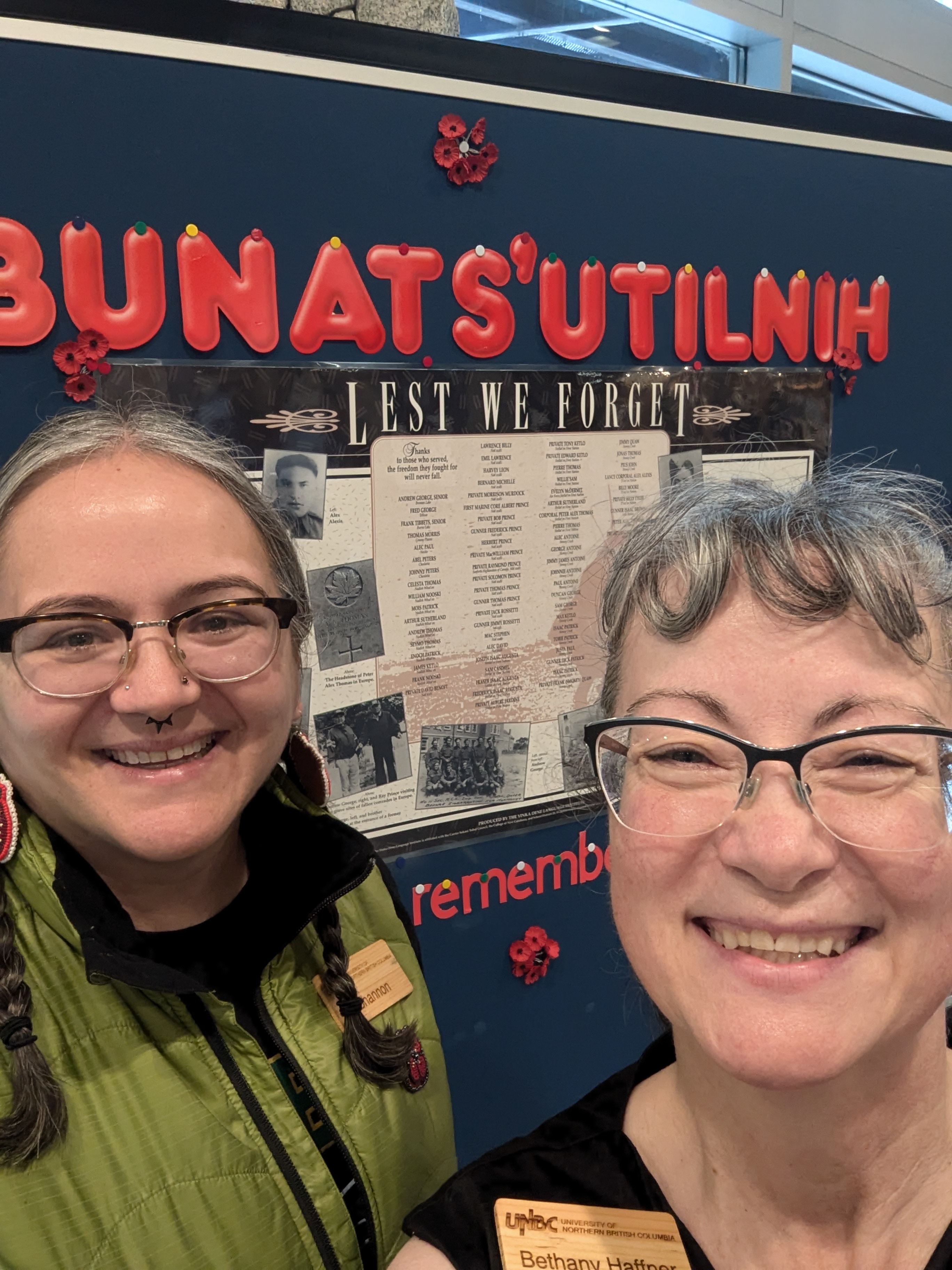LGBTQ History Month, founded in 1994 by a Missouri high school teacher named Rodney Wilson, is an annual celebration of lesbian, gay, bisexual, and transgender history. As of 2022, nine countries observe LGBTQ History Month: Australia, Canada, Cuba, Finland, Germany, Hungary, Italy, the United Kingdom, and the US. In Canada, we celebrate LGBTQ History Month in October, coinciding with Coming Out Day on October 11 and commemorating marches for LGBTQ rights in October of 1979 and 1987. To celebrate LGBTQ History Month, I would like to share the story of an exceptional LGBTQ individual from our past.
An integral part of Canadian LGBTQ history that has been lost to the ages is the recognition of Two-Spirit people. The country now known as Canada resides on territories and land stewarded for thousands of years by Indigenous peoples. Most Indigenous nations not only recognized gender fluidity, but they also celebrated identities that did not fit with the European binary of sex. Two-Spirit Indigenous people were highly respected for their ability to understand both male and female experiences. Reports by clergy and colonial explorers across North America note the role of gender fluidity in Indigenous cultures. In 1775, the Spanish colonial governor of California accounted for men “in the dress, clothing, and character of women — They are called jewels, and are held in great esteem.” Colonial explorers called these people berdache, an outdated and often offensive term that roughly translates to “slave boy.” Most academic literature used that term until a 1990 conference in Winnipeg, where queer Indigenous activists developed two-spirit as an umbrella term for numerous identities with different names. Two-spirit is a translation of the Anishinaabemowin phrase “niizh manidoowag.” Although some expressions already existed in Indigenous languages to describe third and fourth genders, it was not until the 1990 Intertribal First Nations Gay and Lesbian conference that a contemporary term was created to describe the wide range of nation-specific genders and sexualities.
One individual European colonizer encountered in history was Osh-Tisch. Osh-Tisch, whose name translates to “Finds Them and Kills Them” in Crow, was one of the last of the Crow Nation badé. A badé is a male-bodied person in a Crow community who participates in some
social and ceremonial roles usually filled by men and women in that culture; for example, Osh Tisch served as a shaman, medicine person, leader, and warrior. They gained their namesake during the Battle of the Rosebud, where Osh-Tisch fought alongside other Crow warriors against the Lakota Nation. Following the Battle of the Rosebud, Christian missionaries and the federal government confined the Crow Nation to reservations. In the late 1890s, a federal agent incarcerated Osh-Tisch, cut their hair, and made them wear clothing meant for European men, forcing Osh-Tisch to live as a man until they died in 1929. With no others to take up the role of baté, the institution and its ancient knowledge died out: a story replicated in most First Nations.
Despite the widely-accepted knowledge that Two-spirit individuals existed in Indigenous history, the forces of colonization have demolished many of their stories. Indeed, the effects of Christian assimilation in Indigenous communities persist; systemic oppression of Indigenous Two-Spirit individuals, and discrimination that is specifically rooted in colonialist mindsets, have led to the invisibility of Indigenous people’s leadership, work, and voices in the public consciousness. Furthermore, gender-based violence, including sexual assault and physical violence, is committed against 78% to 85% of Indigenous Two Spirit individuals. By sharing stories like that of Osh-Tisch, we chip away at the giant dam of colonial oppression that contributes to the invisibility and violence committed against Two-Spirit individuals.

